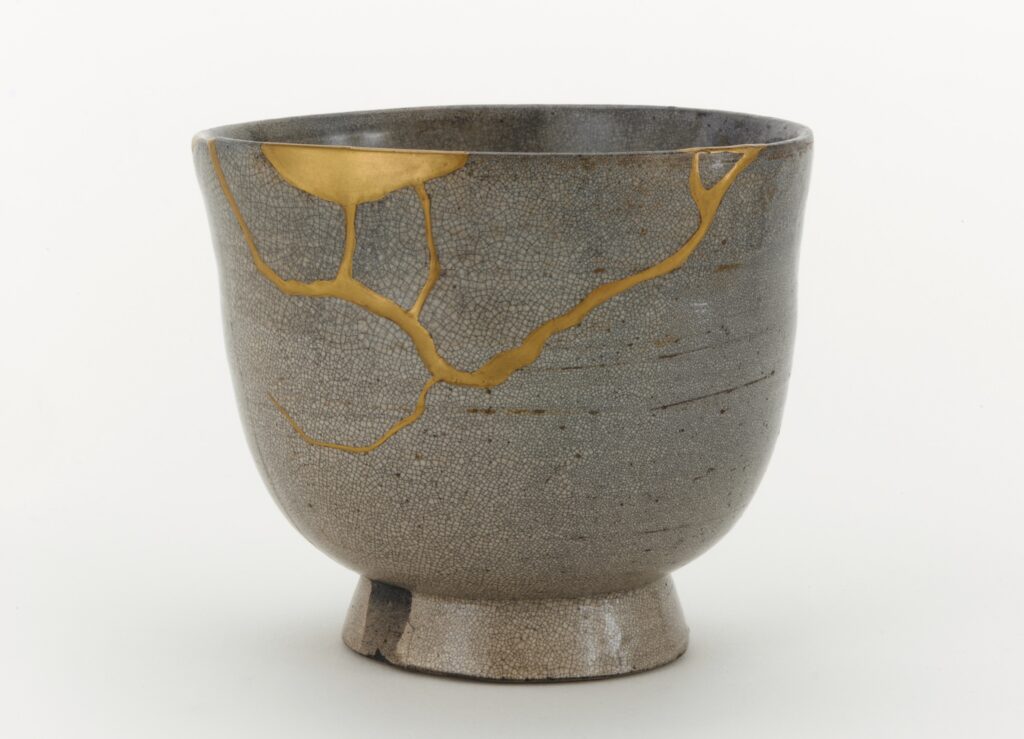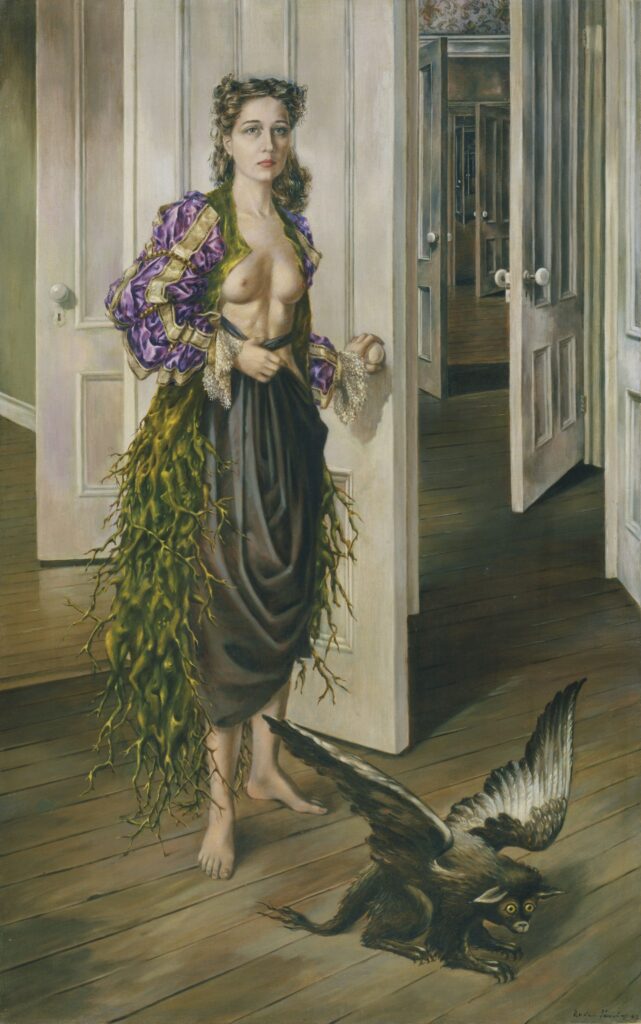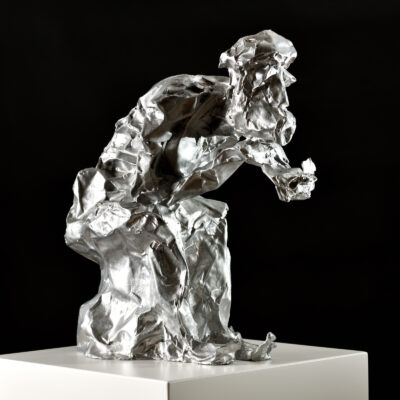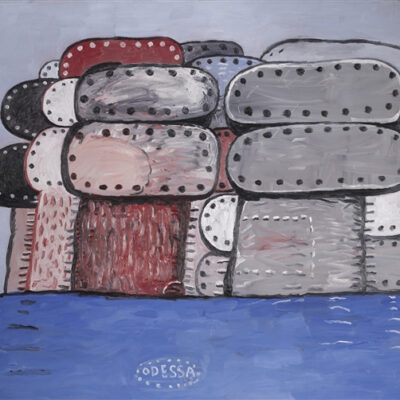In my last two columns, I have reflected on some of the obstacles that hinder our potential and are central to my sculptures in the series “Fractured Reality.” The accelerated pace of our media-saturated world today bombards us with an overwhelming stream of information that can fuel our mounting alienation if we allow ourselves to succumb to fear and shame. Grappling with these debilitating states of mind alleviates their nefarious effect and opens the door to transformative experiences that offer ways of countering the lack of empathy and ensuing estrangement that plague our global societies. Paradoxically, technological advancements hold the promise of interconnectivity yet these tools that claim to facilitate togetherness often exacerbate isolation. On the other hand, the complex challenges we face are a natural part of life and can provide opportunities for growth and transformation.
I have witnessed how religious practices, philosophical enquiry, psychoanalysis also propose transformative paths to self-discovery as do the creative processes that imbue artworks and engage viewers. My series “Finding Ways” addresses the prospect of cherishing the imperfections that we feel compelled to conceal and eschew. In the bronze sculpture Sancta’s Broken Halo, a young woman exudes serenity and radiance. The golden patina of the bust emits a brightness echoed in the confidence of her forward-looking gaze. This brilliance further emanates from the aureole encircling her head like a crown, its cracks evoking the fractures that she has faced and overcome by revealing her vulnerability rather than repressing it. Our wounds and scars thus might be envisioned as badges of courage or medals of honor embellishing instead of marring the images we project of ourselves, which too often conform to an unrealistic ideal that is always shifting and beyond reach.

Dr Gindi, Sancta’s Broken Halo. 58 x 46 x 34 cm – Bronze 2021
The Japanese tradition of Kintsugi—a centuries-old practice of cementing the broken shards of a shattered vessel with gold-laced lacquer—provides an apt metaphor for embracing fracture and flaws, and thereby transforming fragmented reality into an infinitely more balanced and beautiful state of being. The philosophical, social, and environmental dimensions of this ancient method of mending objects relate to some of the most pressing global issues today. This no doubt accounts for current interest in the subtle technique by contemporary artists, who incorporate it into their artistic practices in innovative ways. Like pieces of pottery, humans also crack and may even break. People’s lives fall apart. Sancta’s Broken Halo radiates resilience, donning the fissured nimbus as a source of pride rather than sorrow and conveying a process of healing through repair and metamorphosis.

Tea bowl, Satsuma ware, White Satsuma type, Kagoshima prefecture, Japan, 17th century, Edo period, Stoneware with clear, crackled glaze, stained by ink; gold lacquer repairs
My entire body of work can thus be situated in an artistic lineage that privileges the transformative power of art. One of the most far-reaching movements of the twentieth-century, surrealism, sought to transform society through textual and pictorial techniques that gave free reign to the subconscious in order to demolish the confining edifice of rational thought. In turn, they championed analogical processes and the metaphorical power of alchemy to locate the marvelous in the everyday. Transformation is at the very core of American artist Dorothea Tanning’s multifaceted approach. Associated with the surrealists yet guarding her ferociously independent spirit, she created an unclassifiable oeuvre that ranges stylistically from meticulously-rendered figurative paintings of startling and haunting scenes or evanescent abstractions in which the human figure is barely identifiable to visceral soft sculptures evoking the female body, intriguing collages, and poetic writings. One of her most iconic works, titled Birthday (1942), the artist depicts herself staring intently at the viewer. Wearing an unbuttoned Elizabethan-style jacket and a draped skirt fashioned from anthropomorphic twigs, the young Tanning stands barefoot and bare-breasted near a hybrid gryphon-like being. Poised with her hand on the knob of an open door leading to an infinite suite of countless other doors, all partially ajar, Tanning seems both vulnerable and undaunted as she embarks on an inner journey of self-discovery.

Dorothea Tanning, Birthday, 1942. Oil on canvas.
The countenance of the young woman I have portrayed in Sancta’s Broken Halo evinces a similar state of consciousness. Determined and serene, Sancta furrows her brow ever so slightly, hinting at the precarious equilibrium she is striving to maintain. Although broken, her halo shines brightly, lighting the way in her search within while she also sets her sights on the vastness of the territory she is about to explore. Her eyes wide open, she is entranced with the dazzling peacefulness she perceives to be within her grasp. Sancta also seems to be addressing us, inviting us to follow in her footsteps by relying on our inner compass to guide us as we forge the way to an expansive experience of the self.
For more information about Dr Gindi and to inquire about her sculptures go to dr-gindi.com or @gindisculptor.




